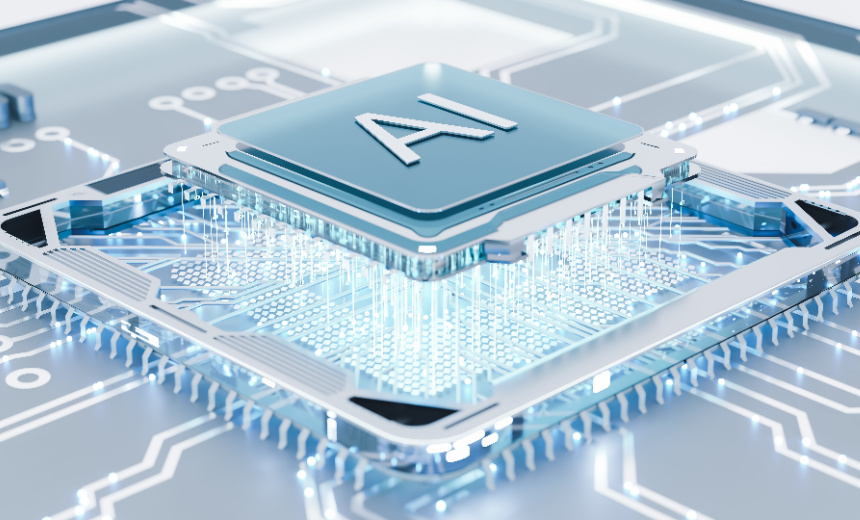Artificial Intelligence & Machine Learning,
Next-Generation Technologies & Secure Development
UALink Develops Alternative to Nvidia’s NVLink to Enhance AI Accelerator Connectivity

Apple has joined the board of the Ultra Accelerator Link Consortium, a newly established group focused on creating open standards for direct connectivity between AI accelerator chip clusters in data centers. This initiative aims to enhance communication among high-performance GPU chips, which are optimized for artificial intelligence tasks and often utilized in the training of large language models.
The consortium has introduced the UALink specification, designed to facilitate direct connections among up to 1,024 AI accelerators. This approach minimizes dependency on traditional CPU intermediaries, which can contribute to latency and bandwidth constraints. A spokesperson for the consortium emphasized that UALink cuts down on the “number of widgets” that can slow data transfer, thereby enabling more efficient operations across clusters.
Many industry experts view the formation of this consortium as a strategic counter to Nvidia’s proprietary NVLink standard, which has dominated the AI chip market. UALink’s architects pledge to make the specifications publicly accessible within the first quarter of the year. While UALink can interact with Nvidia’s chips, it was specified that it is not designed to be compatible with NVLink itself.
Becky Loop, director of platform architecture at Apple, mentioned that UALink promises to tackle pressing connectivity challenges while opening new avenues for expanding AI applications. As AI-driven workloads grow increasingly complex, the need for substantial memory and processing power necessitates a coordinated effort among multiple GPUs, which are linked in what is referred to as a “pod.”
Under the UALink standard, GPUs are interconnected through UALink switches. This configuration allows seamless memory access between GPUs, promoting rapid data exchanges with reduced latency. According to officials, the connection established by the switches exceeds typical PCIe Gen5 speeds, enabling enhanced performance across linked systems.
The existing practice of routing communications through CPUs introduces delays at multiple stages, often resulting in bottlenecks that impede optimal data throughput. By leveraging the UALink framework, these efficiency issues may be mitigated, enabling faster processing and data management for increasingly sophisticated AI models.
Apple’s participation aligns with its broader strategy to bolster its AI infrastructure. The technology company is collaborating with other industry heavyweights such as Alibaba and Synopsys on the UALink board, alongside notable members including Intel, AMD, Google, AWS, Microsoft, and Meta. Reports suggest that Apple is also developing a new server chip to enhance its capabilities in delivering AI services effectively.
As the demand for AI technology continues to surge, partnerships like UALink allow stakeholders to explore innovative solutions that prioritize connectivity and performance. Such initiatives are vital not only for enhancing system efficiency but also for maintaining competitiveness within the evolving tech landscape.
